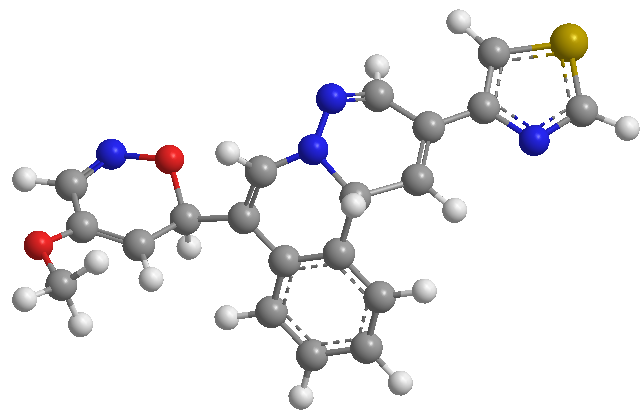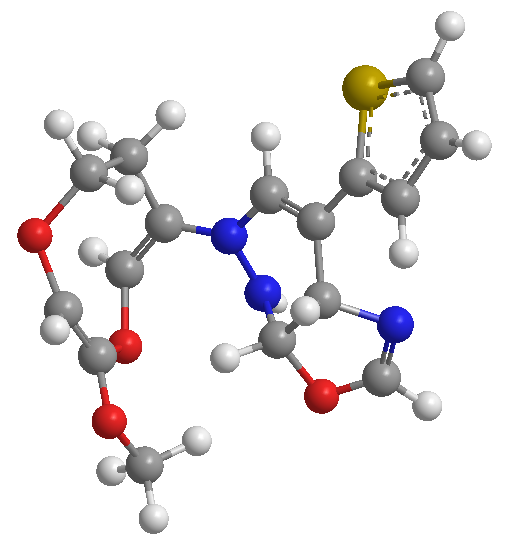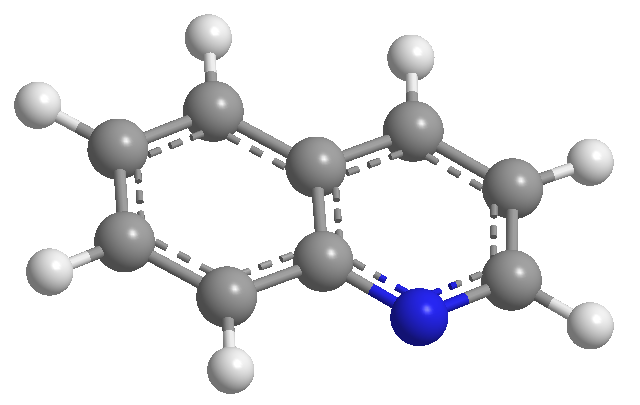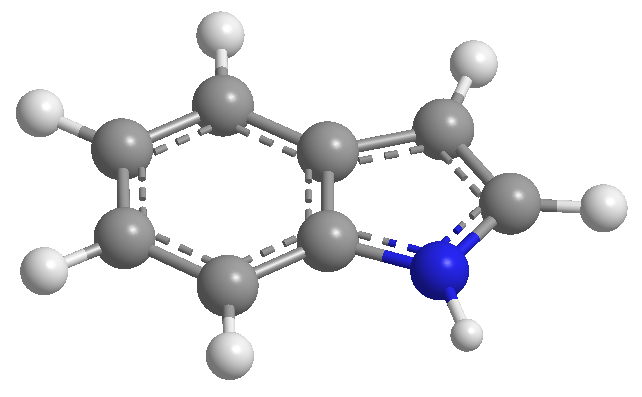 SUBJECT 1. NOMENCLATURE OF HETEROCYCLES
SUBJECT 1. NOMENCLATURE OF HETEROCYCLES
Theory: Common names | Hantzch–Widman nomenclature | Partially unsaturated heterocycles | The indicated hydrogen | Heterocycle numbering | Heterocycles as substituents | Replacement nomenclature.
UNIT 2. AROMATICITY IN HETEROCYCLES
Theory: What is an aromatic heterocycle? ! Aromatic heterocycles and their types! Criteria to determine aromaticity in heterocycles. | Tautomerism in aromatic heterocycles | Non-aromatic heterocycles, influence of ring stresses on their properties | anomeric effect.
 UNIT 3. SYNTHESIS OF HETEROCYCLES (I): CYCLING REACTIONS
UNIT 3. SYNTHESIS OF HETEROCYCLES (I): CYCLING REACTIONS
Theory: Synthesis of heterocycles by cyclization reactions | Reagents in cyclization reactions | Classification of nucleophilic attacks (Baldwin's Rules) | Cycle formation by S N 2 | Nucleophilic addition and addition elimination processes on sp 2 carbons. | Cyclization on sp carbon atoms | Cyclization of carbenes, nitrenes and radicals.
SUBJECT 4. SYNTHESIS OF HETEROCYCLES (II): CYCLOADDITION REACTIONS
Theory: hetero-Diels-Alder cycloadditions: frontier orbitals. | Hetero-Diels-Alder cycloadditions in synthesis of heterocycles. | Hetero-cycloadditions [2+2]. | Chelotropic reactions | 1,3-dipolar cycloadditions | Energies and coefficients of the frontier orbitals of 1,3-dipoles | Regio- and stereoselectivity of the 1,3-dipolars. | Most important dipoles, preparation and reactivity.
UNIT 5. 6-MEMBED HETEROCYCLES: PYRIDINE
Theory: Hantzsch synthesis | Chichibabin synthesis | Basicity | Alkylation and Acylation | Formation of N-oxides | Electrophilic substitution | Electrophilic substitution in position 4 | Lithiation reaction | Nucleophilic addition reactions | Substitution reactions | Pyridine | Alkyl- and vinylpyridines
 SUBJECT 6. NOMENCLATURE OF CONDENSED HETEROCYCLES
SUBJECT 6. NOMENCLATURE OF CONDENSED HETEROCYCLES
Theory: Choice of base component | Peripheral numbering of the global heterocycle | Examples of nomenclature of fused heterocycles.
SUBJECT 7. QUINOLINE AND ISOQUINOLINE
Theory: Skraup Synthesis | Combes Synthesis | Friedlander synthesis | Bischer-Napieralski synthesis | Pictet Spengler Synthesis | Pomeranz Fritsch Synthesis | Reactivated with the lone pair of nitrogen | Electrophilic substitution reactions | Lithiation reaction | Nucleophilic addition reactions | Nucleophilic substitution reactions | Derivatives of alkyl- and vinylquinolines and isoquinolines.
UNIT 8. 6-MEMBED HETEROCYCLES WITH 2 OR MORE HETERO ATOMS: DIAZINES
Theory: Di-, tri-, tetrazines general concepts | Reactions with the lone pair of nitrogen (basicity and nucleophilicity) | Electrophilic substitution | Nucleophilic substitution |
SUBJECT 9. HETEROCYCLES OF 5 MEMBERS: PYRROL, TIOPHENE AND FURAN
Theory: Acid behavior | Electrophilic substitution: Nitration, halogenation, sulfonation, Vilsmeier, Mannich, acetylation | Cycloaddition reactions in furan | Derivatives | Furan opening | Paal–Knorr synthesis | Synthesis by 1,3-dipolar | Hantzsch synthesis of pyrrole.
 SUBJECT 10. HETEROCYCLES OF 5 CONDENSED MEMBERS: INDOL
SUBJECT 10. HETEROCYCLES OF 5 CONDENSED MEMBERS: INDOL
Theory: Acid behavior | Electrophilic substitution reactions | Electrophilic substitution with position 3 occupied | Ring expansion | Fisher synthesis | Madelung synthesis
UNIT 11. 5-MEMBED HETEROCYCLES WITH 2 OR MORE HETERO ATOMS: AZOLES
Theory:
 SUBJECT 1. NOMENCLATURE OF HETEROCYCLES
SUBJECT 1. NOMENCLATURE OF HETEROCYCLES UNIT 3. SYNTHESIS OF HETEROCYCLES (I): CYCLING REACTIONS
UNIT 3. SYNTHESIS OF HETEROCYCLES (I): CYCLING REACTIONS SUBJECT 6. NOMENCLATURE OF CONDENSED HETEROCYCLES
SUBJECT 6. NOMENCLATURE OF CONDENSED HETEROCYCLES SUBJECT 10. HETEROCYCLES OF 5 CONDENSED MEMBERS: INDOL
SUBJECT 10. HETEROCYCLES OF 5 CONDENSED MEMBERS: INDOL